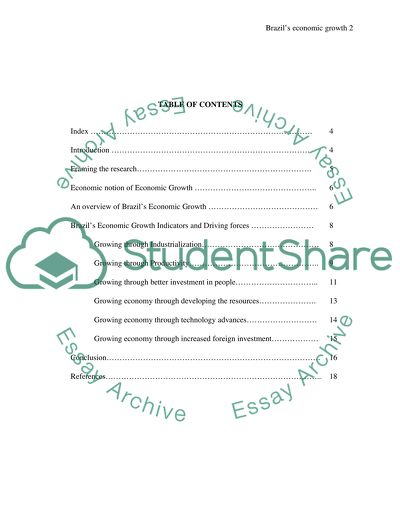Cite this document
(“The economic growth and financial development relating to brazil Essay”, n.d.)
Retrieved de https://studentshare.org/finance-accounting/1391222-the-economic-growth-and-financial-development
Retrieved de https://studentshare.org/finance-accounting/1391222-the-economic-growth-and-financial-development
(The Economic Growth and Financial Development Relating to Brazil Essay)
https://studentshare.org/finance-accounting/1391222-the-economic-growth-and-financial-development.
https://studentshare.org/finance-accounting/1391222-the-economic-growth-and-financial-development.
“The Economic Growth and Financial Development Relating to Brazil Essay”, n.d. https://studentshare.org/finance-accounting/1391222-the-economic-growth-and-financial-development.


